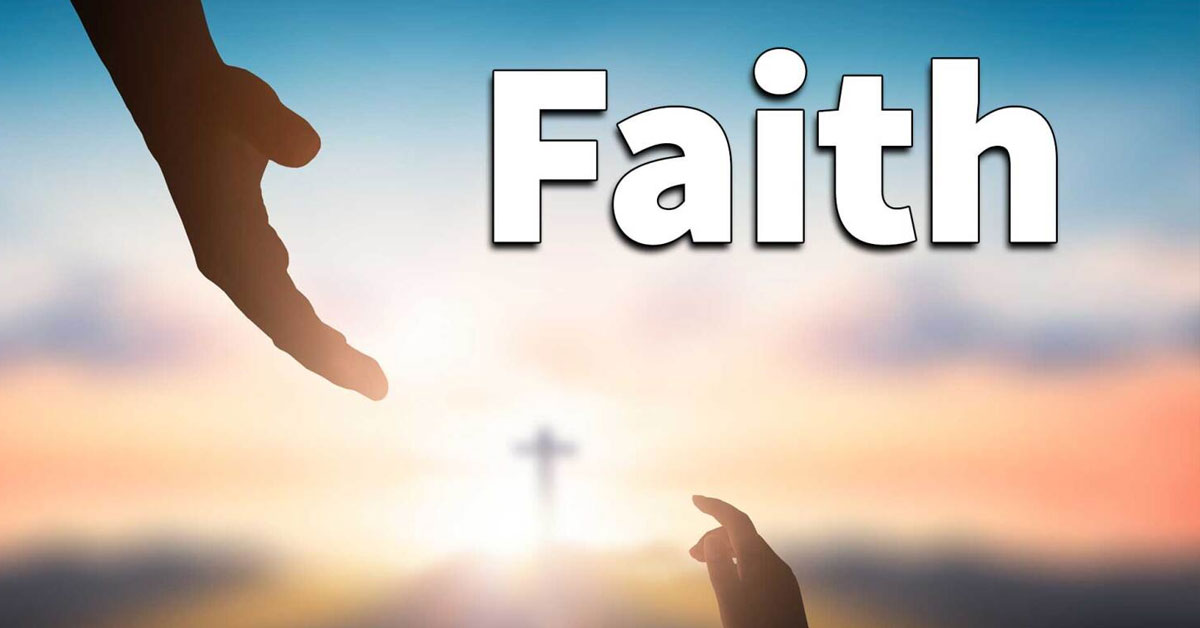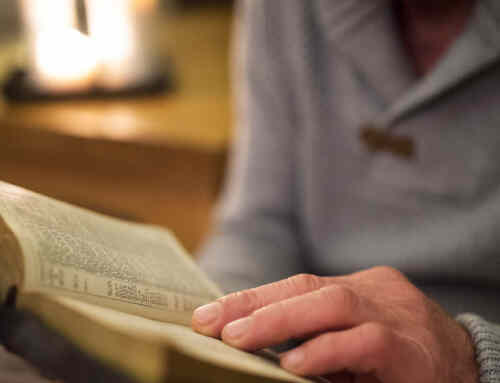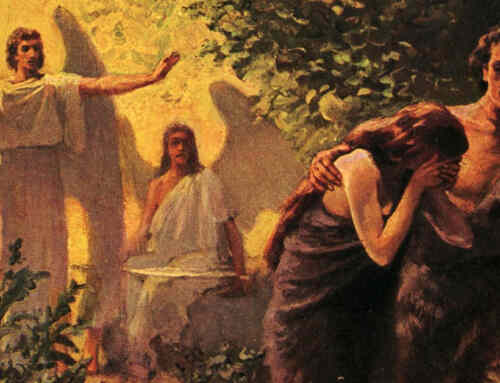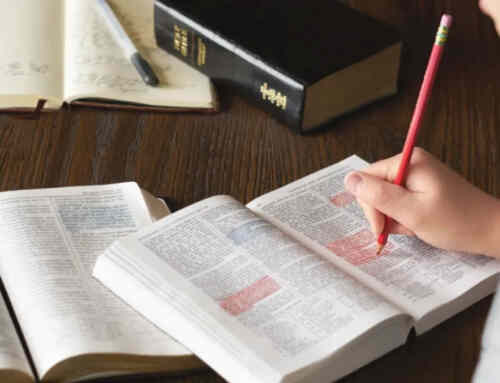Psalm 23 is cherished by many Christians for its vivid portrayal of God’s care, and its implications for our everyday, modern life.
For a step-by-step walkthrough of the Psalm, we invite you to listen to:
Christian Questions Podcast
Episode #1242: “Is the Lord Really My Shepherd?”
The amazing, little-known details of shepherding that show us God’s love
Preview Video
CQ Rewind Show Notes
Through a combination of biblical exposition, personal reminiscence and practical illustrations drawn from ancient shepherding, listeners are invited to assess their commitment to and trust in Jesus.
At its core, Psalm 23 uses the metaphor of a shepherd caring for his sheep to depict how God provides all that His children need in an often harsh and sin?sick world. The Psalm’s six verses encapsulate the idea that a life guided by God is one of abundance despite external barrenness. Just as a shepherd leads his sheep to green pastures and quiet waters, so too does Jesus supply physical nourishment and spiritual rest. Without this divine care, life would be full of vulnerability and unmet needs. The modern-day reader of this Psalm is challenged to consider whether they are relinquishing complete control over their life in favor of following the true Shepherd.
There are many practical aspects of shepherding in ancient Israel, which provide a tangible backdrop for understanding spiritual metaphors. David himself was a shepherd; his firsthand experience informs the rich imagery of leading sheep through rugged, barren terrains. In the harsh environs of Judea, where resources were sparse, green pastures did not abound. Instead, the rare tender grass available made the role of the shepherd critical: sheep had to rely entirely on the shepherd’s guidance to find enough to eat. This literal dependence mirrors the spiritual truth that believers must continually look to Jesus—not to what may be missing in the world but to the provision he ensures.
David’s experience is linked to a broader, messianic promise. Prophetic texts (such as those in Ezekiel) extend the shepherd metaphor beyond his own time, pointing forward to Jesus—the Messiah, descending from David’s line—who would serve as the ultimate shepherd. Jesus not only meets the immediate needs of his followers (providing food, water, protection, and rest) but also secures salvation and eternal life. In this view, the spiritually “poor” sheep find their complete sustenance in the caring hands of a Shepherd who is both intimately involved in their daily lives and committed to guiding them to everlasting security.
Another essential element how a shepherd protects, restores, and corrects his flock. The image of a sheep wandering away or even becoming “cast” (a state in which a sheep lies on its back, vulnerable and unable to regain its footing) serves as a powerful symbol of the believer’s potential for spiritual failure. Just as a skilled shepherd is ever-vigilant—rescuing a fallen sheep from predators or physical harm—Jesus as the Good Shepherd watches over his followers, ready to restore and guide them back to safety. This protective care extends beyond physical needs; it also includes spiritual rescue. When believers falter through sin or despair, Jesus acts as an advocate and redeemer, assuring them that even in moments of weakness, they are neither abandoned nor irretrievably lost.
In addition to care and protection, there are blessings that flow from a life fully dedicated to following the Shepherd. Psalm 23:5, which speaks of a prepared table, anointing with oil, and a cup that overflows, is presented as a promise of abundant grace and favor—even in the midst of adversity or hostile surroundings. The table prepared “under the eyes of my enemies” symbolizes not only provision but also a bold assertion of the Shepherd’s care in the face of opposition. The anointing with oil conveys spiritual sealing—the marking of the faithful with the presence of the holy spirit—and serves as a guarantee of the believer’s future inheritance.
The journey along “paths of righteousness” is important. Rather than being a straight road, the path is often winding—symbolic of the rough, corrective, and sometimes circuitous route that every believer must travel. This winding path underscores the necessity of discipline and continual formation. The rod and staff (Psalm 23:4) are described not as instruments of punishment but as symbols of guidance, correction and comfort that keep the flock safe from harm. Even when traversing the dark “valley of the shadow of death,” the Shepherd’s presence eradicates fear, empowering believers to press on with confidence.
Following the Shepherd involves active participation. It is not enough to passively receive provision; believers are called to care for one another and to assume responsibility for the spiritual well-being of the community. This is evidenced by the example of the Apostle Peter, to whom Jesus entrusted the care for the “lambs” and later the entire flock. Such responsibilities reflect a broader calling for the faithful to live out their shepherding roles in their families and congregations.
It is wonderful to reflect and meditate on Psalm 23 and a call to live out a deeper, more trusting relationship with Jesus. When following the true Shepherd, every need—be it food, water, protection, or spiritual renewal—is met.
Ultimately, placing complete trust in Jesus as the Good Shepherd provides security, abundant blessing, and a shared responsibility to nurture and lead others in the same faith.















